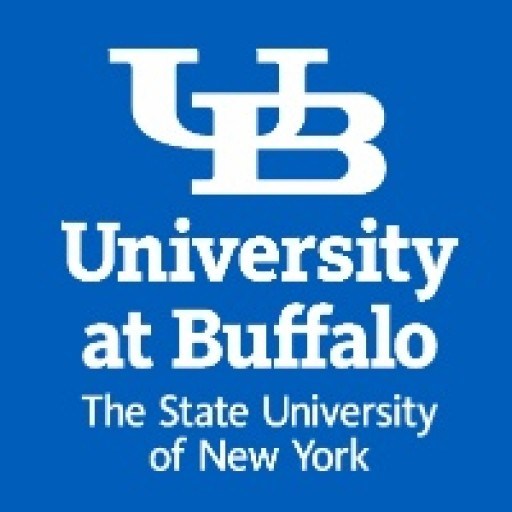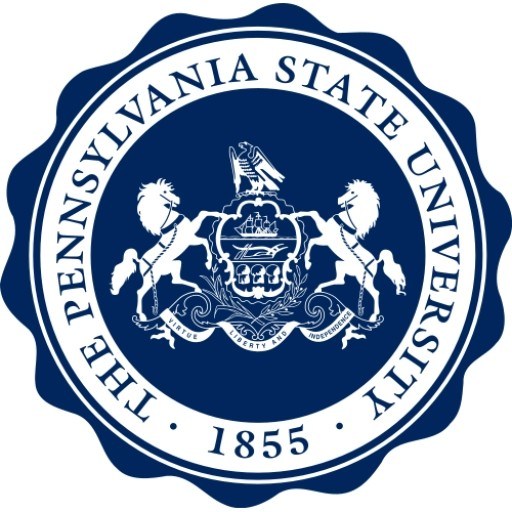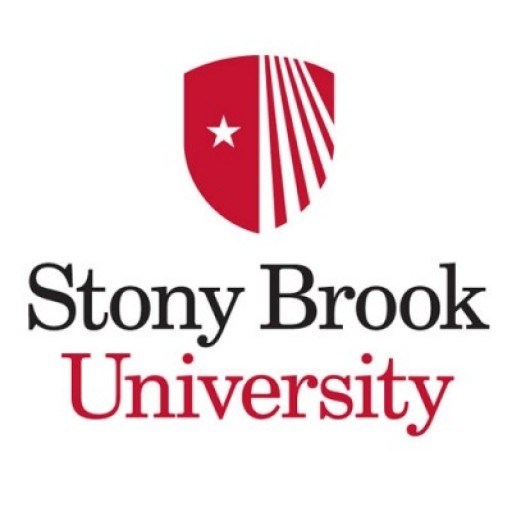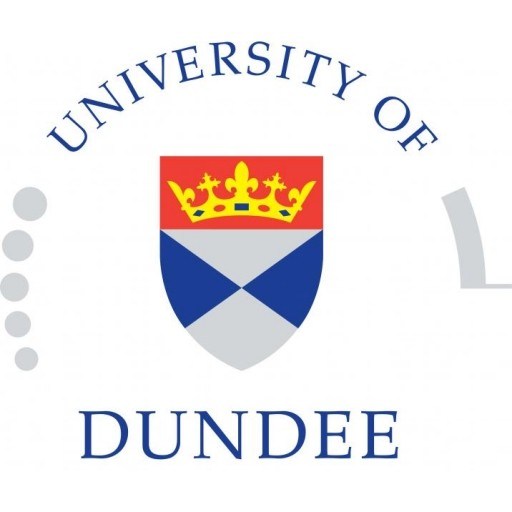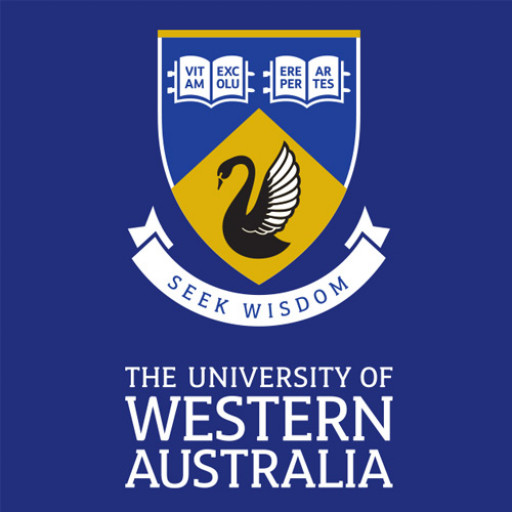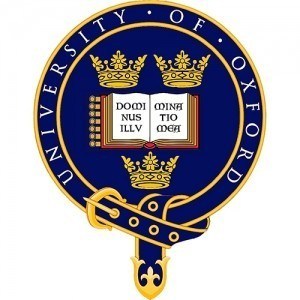Photos of university / #jamescookuniversity
This class will cover the complex structure of the human body by means of a mix of core anatomy teachings, professional surgical instructions, self explanatory distance education along with cadaveric dissection.
Program Overview:
The Surgical Anatomy program at James Cook University offers a comprehensive exploration of human anatomical structures relevant to surgical practice. Designed for medical students, practitioners, and healthcare professionals, this program provides in-depth knowledge of gross anatomy, histology, and the functional relationships of body systems involved in surgical procedures. Participants will engage with detailed lectures, practical dissections, imaging studies, and case-based learning to develop a thorough understanding of anatomical landmarks, variations, and clinical applications vital for safe and effective surgery.
Throughout the program, students will study the musculoskeletal system, including bones, muscles, joints, and connective tissues, as well as the nervous, cardiovascular, respiratory, gastrointestinal, and urogenital systems. Emphasis is placed on understanding anatomical principles as they pertain to operative approaches, surgical navigation, and complication management. Hands-on dissection sessions enable participants to visualize anatomical structures in three dimensions, fostering spatial awareness and practical skills essential for surgical interventions.
The program also addresses regional anatomy by focusing on specific areas of the body such as the thorax, abdomen, pelvis, and extremities, integrating radiological anatomy to correlate clinical imaging with surface anatomy. Ethical considerations, surgical instrumentation, and operative techniques are incorporated to prepare students for real-world clinical environments. Interdisciplinary teaching from anatomists, surgeons, and radiologists ensures a multifaceted educational experience.
This program aims to enhance the anatomical competence required for surgical specialties including general surgery, orthopedics, neurosurgery, and minimally invasive procedures. Graduates will have strengthened their skills in anatomical identification, surgical planning, and intraoperative decision-making. The curriculum aligns with current clinical standards and advances in surgical anatomy, equipping participants with knowledge applicable to training, research, and clinical practice in the healthcare sector.
By the end of the program, students will possess a solid foundation in surgical anatomy, enabling them to approach surgical challenges with confidence, precision, and a thorough understanding of human anatomy in health and disease. This program is ideal for those seeking to deepen their anatomical expertise or pursuing careers in surgical fields, providing vital skills essential for high-quality patient care and surgical excellence.
- Conclusion of an AQF degree 7 bachelor degree in a medical subject, be an AHPRA-registered wellness professional and maintain registration through the length of the course
- or become an existing final-year student of this JCU MBBS program with a minimum grade point average of 4.0 using enrolment approved by the Dean of College/Course Coordinator. Evidence of being resistant to hepatitis B.
The James Cook University offers various financing options for students enrolled in the Surgical Anatomy program. Domestic students have access to a range of government-funded scholarships and loan schemes, including the Commonwealth Supported Place (CSP), which significantly reduces the cost of tuition. Additionally, eligible students may apply for the Australian Government’s HECS-HELP loans, allowing them to defer their tuition fees and pay them back gradually through the tax system. International students are generally responsible for paying full tuition fees, which can vary depending on the student's country of residence and eligibility for specific scholarships or sponsorships. The university provides several scholarship opportunities aimed at supporting students in health science disciplines; these include merit-based scholarships, diversity scholarships, and scholarships for students from regional or remote areas. Some scholarships cover partial or full tuition fees, while others may provide stipends or allowances to assist with living costs.
Furthermore, students often seek external funding sources such as grants offered by professional medical and surgical associations, philanthropic foundations, and industry partnerships. Students are encouraged to explore the James Cook University financial aid website for detailed information on available scholarships and financial assistance programs, application procedures, and eligibility criteria. The university's financial services team offers counseling and support to help students plan their finances effectively and understand the costs associated with their studies, including tuition, textbooks, equipment, and living expenses. For international students, specific visa conditions may require proof of sufficient financial means, which can include bank statements, sponsorship letters, or scholarship awards.
It is also advisable for students to consider part-time employment options available on or near campus to support their living expenses during their studies. James Cook University collaborates with various employers and offers career services that can help students find part-time work aligned with their field of study. Overall, the Financing Studies at James Cook University are designed to make higher education accessible to a diverse student body, with multiple financial aid pathways, flexible payment options, and dedicated support services to assist students in managing the costs associated with their pursuit of excellence in Surgical Anatomy.
The Surgical Anatomy program at James Cook University provides students with comprehensive knowledge and practical skills related to the anatomical foundations of surgical procedures. The curriculum emphasizes the detailed study of human anatomy, focusing on regions commonly involved in surgical interventions, such as the thorax, abdomen, pelvis, and extremities. Students are engaged in a blend of theoretical learning and hands-on practical training, including dissections, cadaver studies, and simulation exercises, to enhance their understanding of spatial relationships and tissue structures vital for surgical practice.
The program is designed to prepare graduates for careers in surgical specialties, medical practice, or further research in anatomical sciences. It integrates interdisciplinary approaches, combining anatomy with clinical contexts to ensure that students can translate their anatomical knowledge into effective surgical techniques. Throughout the course, students learn about anatomical variations, pathology, and the implications of anatomical differences in surgical outcomes, fostering a meticulous attention to detail and precision.
Moreover, the program incorporates contemporary educational methodologies, such as 3D imaging and virtual reality applications, to provide immersive learning experiences. Students also benefit from collaborations with practicing surgeons and researchers, gaining insights into current surgical challenges and innovations. The program aims to produce graduates who are competent in anatomical assessment, surgical planning, and operative procedures, equipped with a strong foundation for pursuing postgraduate training or entering clinical practice.
James Cook University’s focus on tropical and regional health considerations means that the program also emphasizes contexts relevant to diverse patient populations, including those in rural and remote settings. The faculty supporting the Surgical Anatomy program is composed of experienced anatomists, surgeons, and healthcare professionals dedicated to mentorship and research excellence. Graduates of this program are expected to possess a high level of anatomical expertise, critical thinking skills, and ethical standards required for safe and effective surgical practice or academic careers.
The duration of the program, entry requirements, and specific course components are aligned with James Cook University’s standards for health sciences education, ensuring a rigorous academic experience that adheres to national and international benchmarks. The program’s graduates are well-positioned to contribute to advancing surgical care, anatomical research, and medical education, ultimately improving health outcomes across diverse populations.

